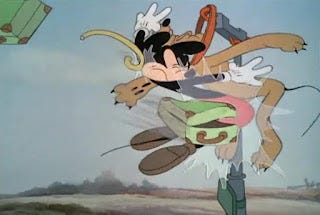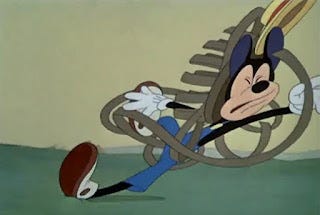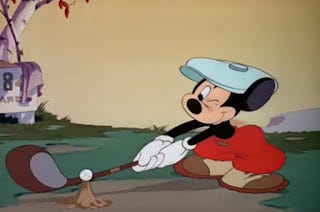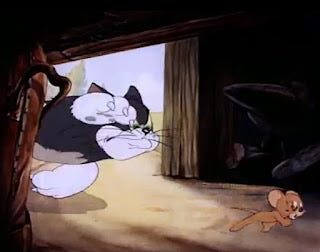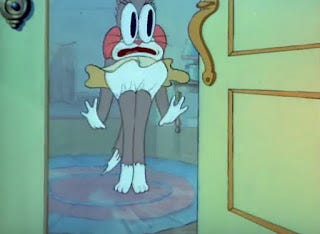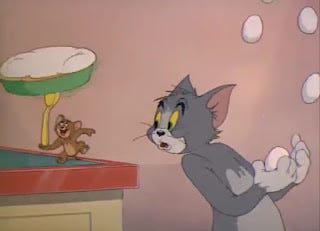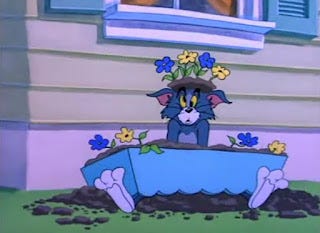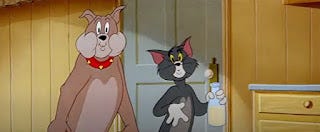The Animators Who Defined Tom & Jerry: Kenneth Muse
The most Disney-esque animator of the Hanna-Barbera team at MGM
Muse started his animation career as Preston Blair's assistant at Disney. Blair’s animation exemplified the rounded proportions Disney preferred, a trait that might have influenced Muse’s style later on.
He became a full-fledged animator in 1940, with his name assigned to scenes in cartoons such as Mr. Mouse Takes a Trip (1940) and Canine Caddy (1941.)
Following the 1941 animators’ strike at Disney, Muse moved to MGM, where Bill Hanna and Joe Barbera added him to their team.
His first credit was in 1942’s Fine Feathered Friend, wherein Muse handled the scenes with the chickens and ducks crossing paths to Tom chasing Jerry into the barn.
He animated more scenes of the series as the years went by until he left MGM in 1957 to join Hanna and Barbera in their startup studio.
(Mr. Mouse Takes a Trip, 1940)
(The Little Whirlwind, 1941)
(Canine Caddy, 1941)
Muse’s animation is nothing short of elegant.
He possessed a natural, controlled sense of timing, where he let his characters flow into their poses.
His approach differed from other animators, who had snappier and more pose-to-pose timing.
Muse’s designs exude the roundness of Disney properties.
Before Safety Second (1950), he drew three chest bumps on Tom, another difference from other animators.
Muse was not the type of animator to push the cartoonishness of a character regularly.
Be that as it may, he did branch into heavier squash and stretch once in a blue moon, such is the case with 1944’s The Zoot Cat and 1945’s Quiet Please.
Out of the noteworthy Tom and Jerry animators, Kenneth Muse brought weight and realism into the duo’s cartoonish world.
(Fine Feathered Friend, 1942)
(The Zoot Cat, 1944)
(Mouse Cleaning, 1948)
(Safety Second, 1950)
(Pet Peeve, 1954)


